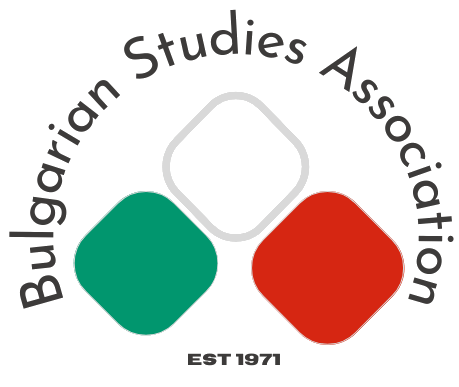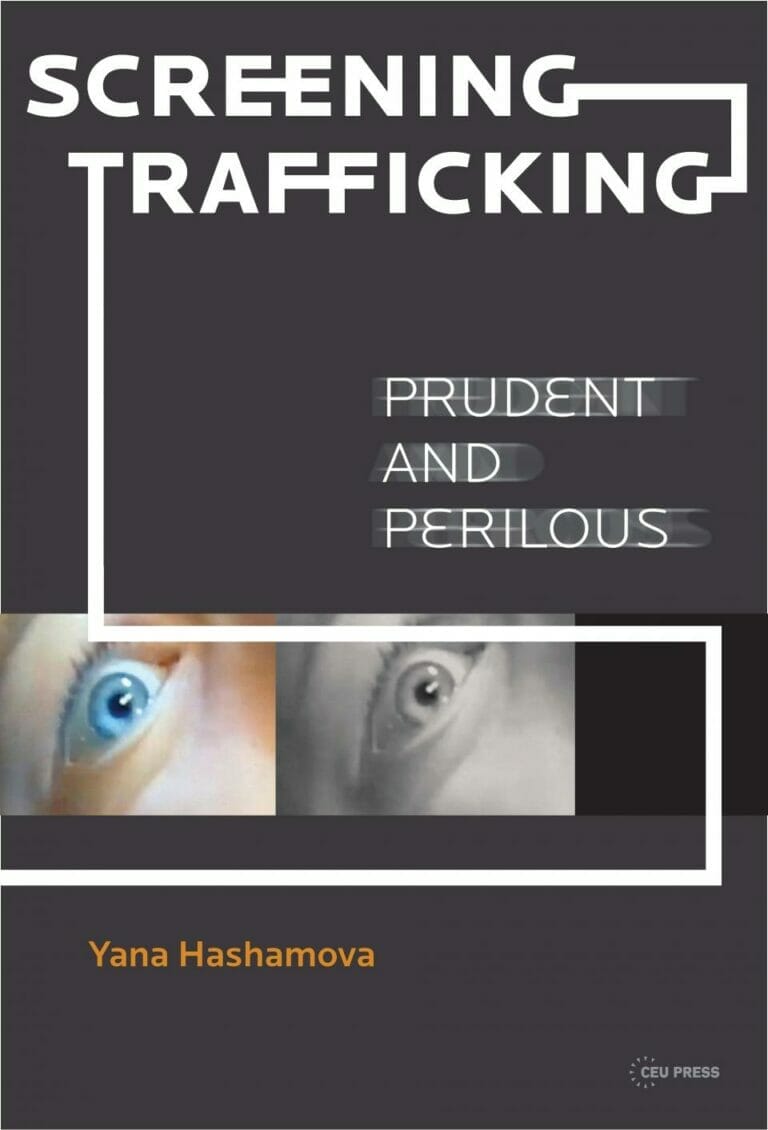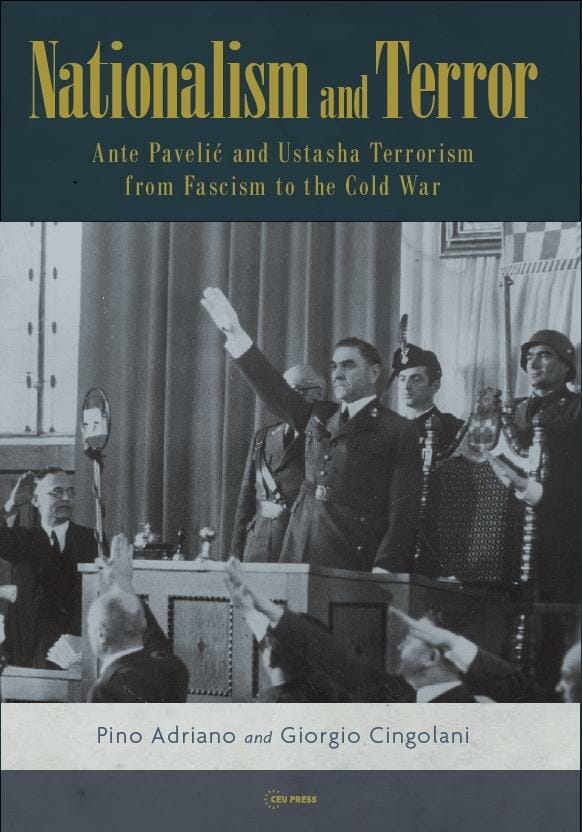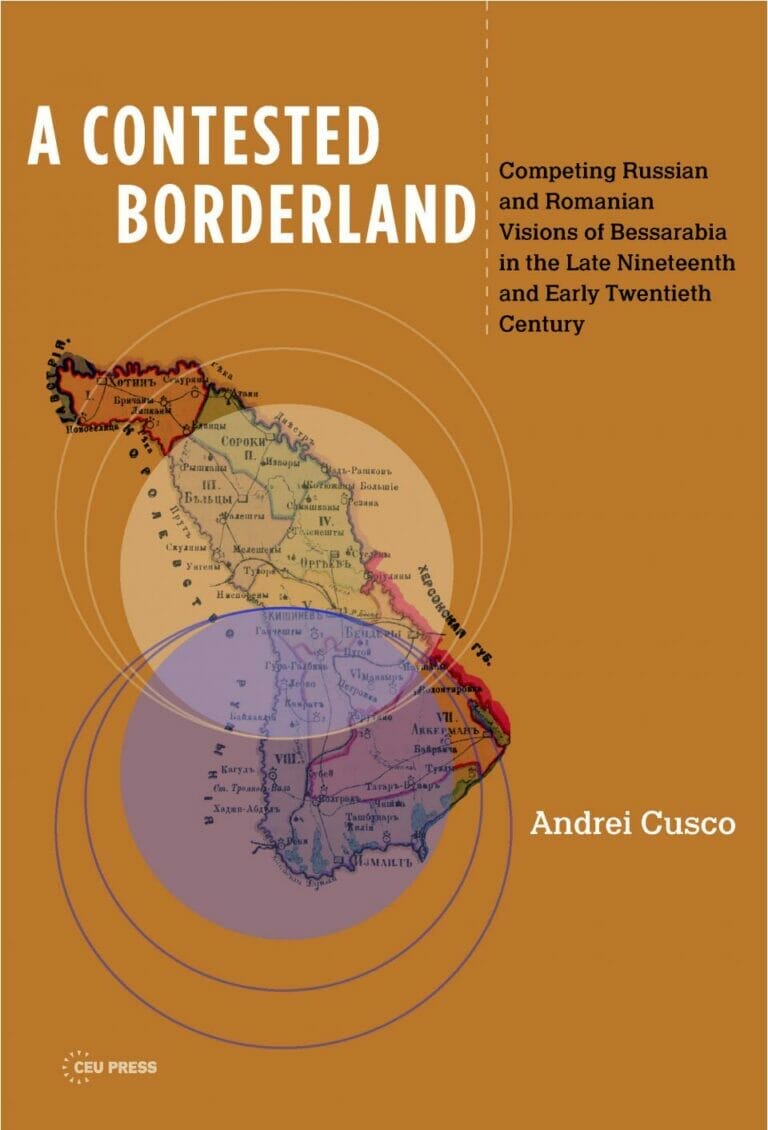Recommended books
Screening Trafficking
"Bulgaria holds third place in Europe for the number of citizens trafficked abroad and is mainly a donor/source and transit country."A book on film and media representations of human trafficking in the Balkans."Bulgarian-Turkish, and Pomak women are targeted for the increased demands of the Turkish diaspora in Western Europe.""There is a tendency in Bulgaria to play down the negative impact of trafficking and to look at it as an 'economic opportunity'.""More unusual but also more problematic in its depiction of a trafficking case is the Bulgarian-French production S litse nadolu - Face Down. The whole presentation of Bulgarian reality becomes subordinated to kitsch culture, criminals, and families willing to sell their daughters.""Unlike the Bulgarian viewers' negative response to the film Svetlana's Journey
and its critical analysis revealing flaws, US audiences viewed and accepted the stereotypical presentation of Bulgarian reality without question."
"Unlike the Bulgarian viewers' negative response to the film Svetlana's Journey
and its critical analysis revealing flaws, US audiences viewed and accepted the stereotypical presentation of Bulgarian reality without question."
Nationalism and Terror
"In 1929, the trip to Bulgaria was an important political step for Pavelic. At the station in Sofia, they were greeted by a cheering crowd of Bulgarians. The Bulgarian press placed a great deal of emphasis on the visit and on the agreement that was reached."From a monograph on Ante Pavelic and the Ustasha movement.The leader of IMRO (Internal Macedonian Revolutionary Organization), Alexander Protogerov, an old general of the Bulgarian army, was not opposed to the plan of a federation or fusion between Yugoslavia and Bulgaria, because he believed that by this means the Macedonian problem would find a peaceful resolution.""Vance Mihajlov believed the revolt in Macedonia should be prepared on Bulgarian soil, so as to better prepare the comitagi and proceed with an invasion at the most opportune time.""Pribicevic believed that Italy was putting an iron circle around Yugoslavia, which only the union with Bulgaria could break, allowing for them to become a great power able to fulfill the principle of the Balkans to the Balkan peoples."
A Contested Borderland
"The image of Dobrogea evolved from the idea of a dangerous 'Trojan horse' that could subvert Romanian-Bulgarian relations in the future into a bulwark against Slavic 'expansionism'."A book on competing Russian and Romanian visions of Bessarabia."I believe that what we have to do in this situation is to submit to Europe's decision: to take Dobrogea, to rule it well, to make it truly ours, to make it one with Romania's body, to make it the heritage of our children. From the first day, let us prove to Europe that we take it for all the Romanians and that we do not intend to sell it to the Bulgarians." (Kogalniceanu)"The Bulgarian population was given considerable leverage in the educational and cultural spheres, resulting in the opening of a Bulgarian central school in Bolgrad and the burgeoning activity of the press and various cultural associations. Southern Bessarabia also became an important center for Bulgarian émigré political organizations and arguably an important recruitment pool for the future elite of the Bulgarian state after 1878."
Books fully or mainly on Bulgaria and Bulgarians
- The issue of land ownership during and after the dissolution of the Ottoman Empire
- A book of comparative intellectual history discusses how socialist ideology emerged as an option of political modernity in the Balkans.
- The series in the history of medicine starts with a Bulgarian monograph on social legislation and population policy in the interwar period.
- The author of the now classic Balkan Family Structure, dedicated a large volume to the analysis of the posthumous fate of Vasil Levski, of which an abridged paperback version was also published;
- How the Bulgarian Revival was instrumentalized for political purposes in the 20th century;
- An analyis of Bulgarian history writing focusing on the time span between Stambolov and Zhivkov;
- Bulgaria was also targeted by the book distribution program of the CIA since the 1950s;
- A book on anti-corruption policies by a renown Bulgarian social scientist;
- A study of the political economy of transition from command to market economy;
- A comparative review of the control of political parties over the media in Eastern Europe.
Other CEU Press books also abound in references to Bulgarian history and culture
- The four-volume undertaking quotes and comments specimens from texts that shaped national identities in eastern Europe. Besides the “Memorandum of the Secret Central Bulgarian Committee” (1867) Bulgaria is represented by Neofit Rilski (1835), Beron (1855), Zografski (1858), Botev (1871 and 1876), Verkovich (1874), Marinov (1891), Gologanov (1891), Vazov (1894), Konstantinov (1895), Kyorchev (1907), Strashimirov (1918), Penev (1930), Mutafchiev (1931), Janev (1933), Hadzhiyski (1938), and Sheytanov (1942);
- Witches and priests in the Bulgarian village are analyzed in the series on demons and spirits;
- 19th c. textbooks and journals are scrutinized for the presentation of Bulgarian identity; the same issue is approached from 19th c. studies on “race” in another essay; and Bulgarians will read with interest the description of the paths of Macedonian supra-nationalism a hundred years ago;
- Still with regard to national identity, a study discusses common heroes and divided claims between Macedonia and Bulgaria, while in the same book an essay treats sounds and noise in socialist Bulgaria;
- The handbook of biographies contains entries on the following Bulgarians: Blagoeva, Ivanova, Karamichailova, Karavelov, Karavelova, Karima, Konova, Malinova, Zlatareva, and Zlatoustova;
- Straight Haussmannian boulevards drawn in Sofia in the frame of European town-planning;
- The book on eugenics in east and central Europe presents the subject in the interwar Bulgaria;
- Exploring the development of ethnic diversity and national tensions in the Balkans;
- In the volume on the expansion of Stalinism Bulgaria received a separate chapter next to other variants in east Europe;
- The analysis of the impact of Radio Free Europe also covers Bulgaria at detail;
- Images of the west are being explored in Bulgarian travel writing during socialism;
- The treatment of religion under communism through the case of Vanga, a mystic prophetess;
- Artistic interactions within the Soviet bloc and with the west between 1945 and 1989;
- The Bulgarian legacy of 1968 is essentially exemplified by Zhivkov’s urging Brezhnev “the sooner troops are sent (to Czechoslovakia) the better;”
- A fresh interpretation of the contexts, meanings, and consequences of the revolutions of 1989 contains numerous references to Bulgaria;
- The seminal CEU Press title on the collapse of Soviet domination;
- The analysis of today’s history writing between academic standards and political agendas;
- The idea of the desegregation of Romani education originated in Vidin. An account on how far the process has progressed across Eastern Europe;
- A rich panoply of remembrances of the communist era, and attempts to handle traumatic pasts, the “museumizing” of the communist past, and the place of myths in memory politics, as well as recent developments in post-communist memory politics;
- The six-country comparative sociological research includes Bulgarian village studies of post-communist rural transformation;
- “The Bulgarians don’t object if they disagree, especially if they disagree with the authority”-on how East-European mindset adapts to capitalism;
- Measures to protect Bulgarian children from the adverse effects of television is the last item to mention.



